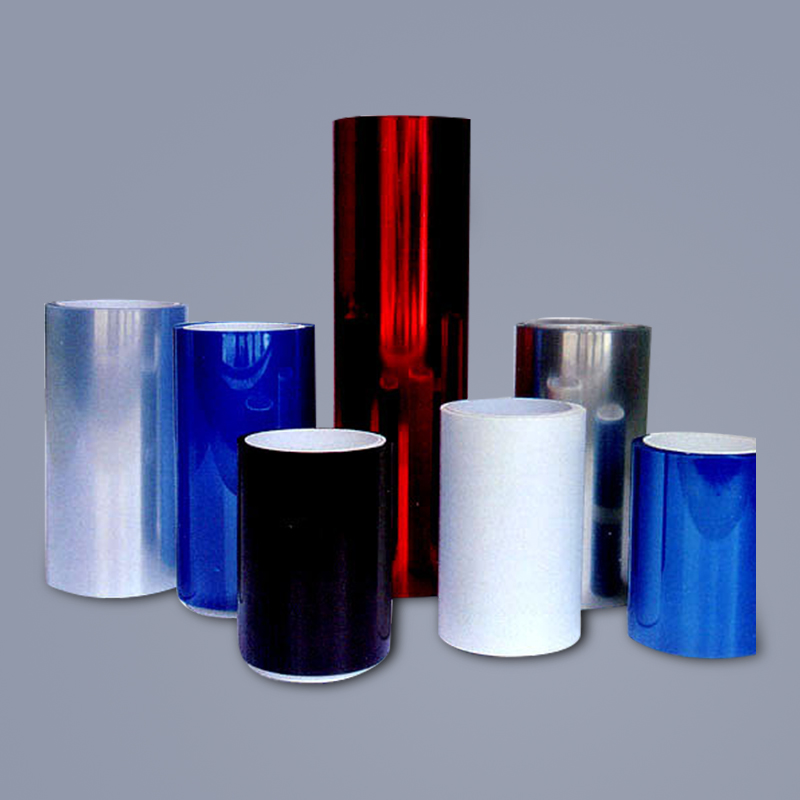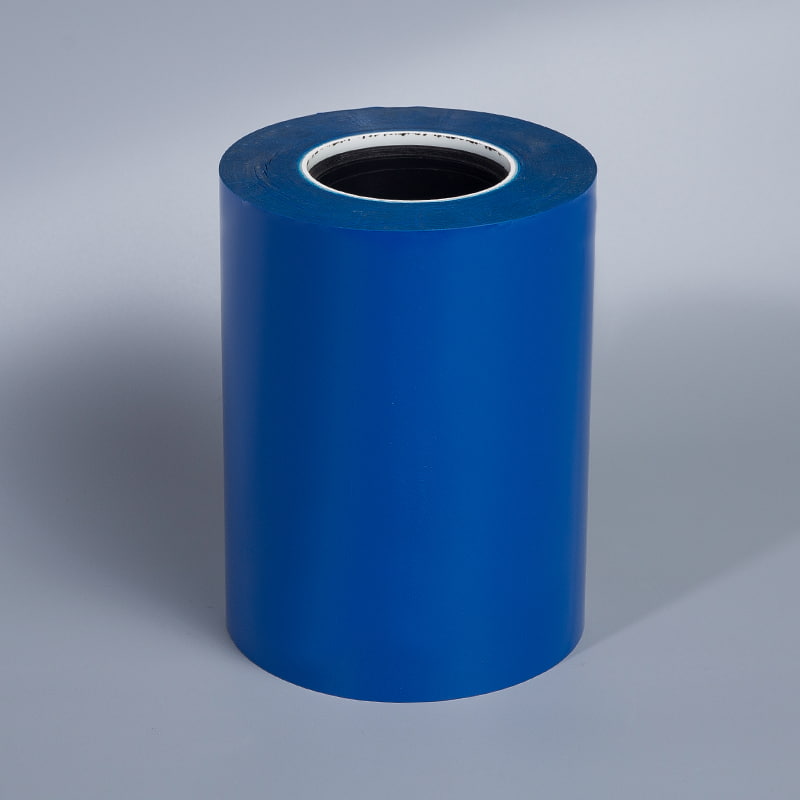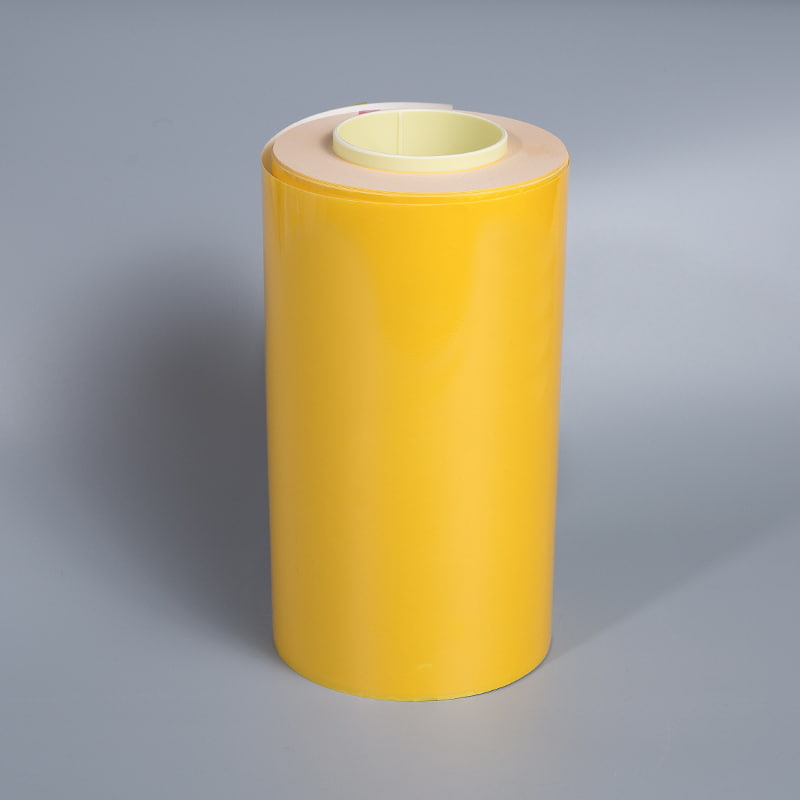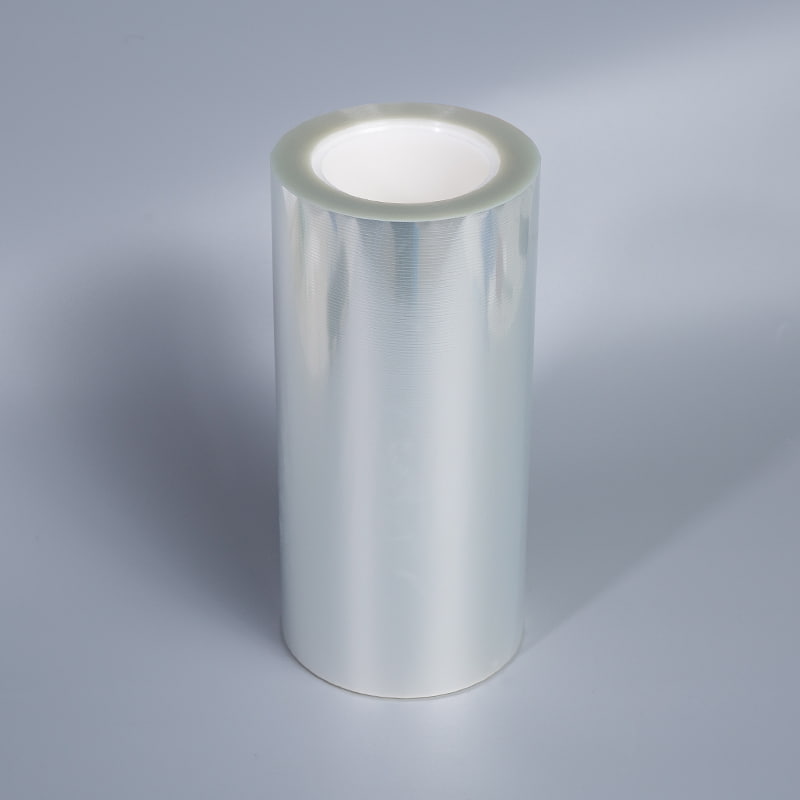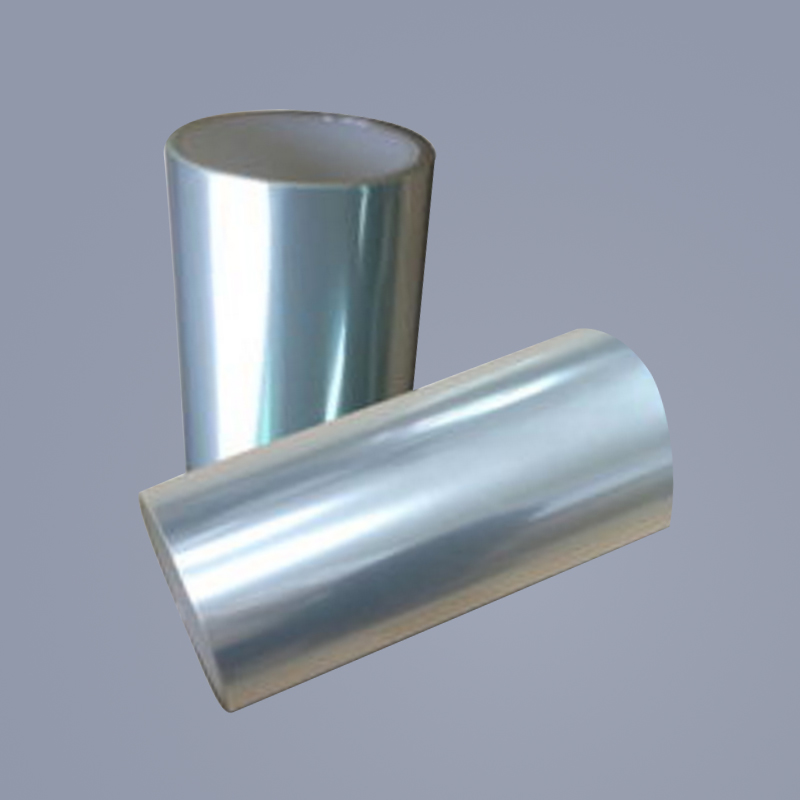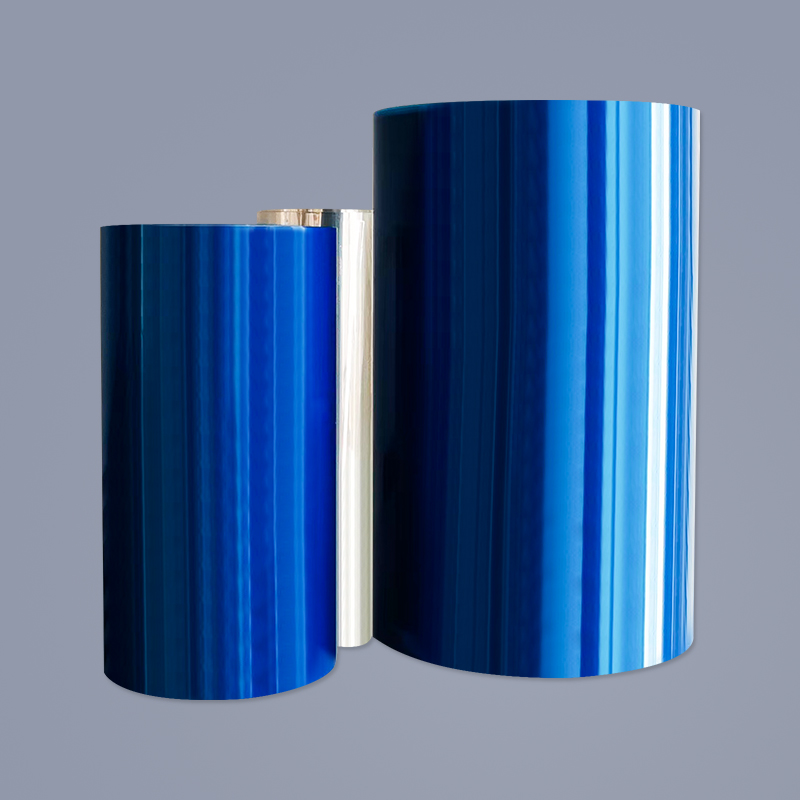- 1 Introduction to PET Release Printed Films
- 2 Advantages of Silicone Coating on PET Release Printed Films
- 3
- 4 Key Features of Long-Tail Keywords
- 4.1 Silicone Coated PET Release Printed Films for Adhesive Tapes
- 4.2 Custom PET Release Printed Films for Label Manufacturing
- 4.3 High Clarity PET Release Printed Films with Low Adhesion
- 4.4 Eco-Friendly PET Release Printed Films for Packaging
- 4.5 PET Release Printed Films with Thermal Resistance Properties
- 5 Manufacturing and Quality Considerations
- 6 FAQ
- 6.1 What makes PET Release Printed Films ideal for pressure-sensitive tapes?
- 6.2 How do custom PET Release Printed Films improve label production?
- 6.3 Are eco-friendly PET Release Printed Films as effective as conventional films?
- 6.4 What are the key benefits of thermal-resistant PET Release Printed Films?
- 6.5 How does silicone coating enhance PET Release Printed Films?
Introduction to PET Release Printed Films
What are PET Release Printed Films?
PET Release Printed Films are polyethylene terephthalate films that have been printed and coated with a release layer, often silicone, to facilitate easy separation from adhesives. They are widely used in applications requiring temporary adhesion, such as pressure-sensitive tapes and labels. These films combine mechanical strength, chemical resistance, and excellent dimensional stability, making them ideal for high-performance industrial applications.
- Improved handling and processing in adhesive product manufacturing.
- High resistance to stretching, tearing, and environmental factors.
- Customizable surface properties for different adhesive formulations.
- Compatibility with both solvent-based and water-based adhesives.
Applications in Adhesive Tapes and Labels
The versatility of PET Release Printed Films allows them to serve as release liners for various adhesive products. From medical tapes to industrial labels, these films enhance the usability and shelf life of pressure-sensitive materials. The silicone coating ensures consistent release properties, reducing waste and production downtime.
- Pressure-sensitive tapes for packaging, masking, and industrial use.
- Label production for consumer goods, pharmaceuticals, and logistics.
- Protective films for electronics and sensitive surfaces.
- Specialty applications in thermal transfer and digital printing.
Advantages of Silicone Coating on PET Release Printed Films
Enhanced Release Performance
Silicone coatings on PET Release Printed Films provide a low surface energy layer, ensuring smooth release from adhesives. This is particularly crucial for high-speed converting processes, where consistent release reduces material jams and production errors.
- Reduces adhesive residue buildup on liners.
- Ensures uniform release for automated die-cutting.
- Extends lifespan of pressure-sensitive adhesive products.
- Minimizes manual handling errors and labor costs.
Durability and Thermal Stability
Silicone-coated films exhibit excellent thermal and mechanical stability, maintaining their properties under varying environmental conditions. This makes them suitable for applications involving heat, pressure, and prolonged storage.
- Stable performance under temperatures ranging from -40°C to 150°C.
- Resistance to shrinkage, warping, and tearing.
- Maintains surface smoothness and adhesion consistency.
- Ideal for both industrial and consumer applications.
Comparison with Non-Coated Films
Compared to non-coated PET films, silicone-coated PET Release Printed Films offer significant advantages in terms of release consistency and longevity. Non-coated films often require additional release agents or may fail under high-speed production.
- Lower production downtime and fewer defects.
- Higher compatibility with diverse adhesives.
- Reduced contamination and waste.
| Property | Silicone Coated | Non-Coated |
| Release Consistency | High | Medium |
| Durability | Excellent | Moderate |
| Thermal Resistance | High | Low |
| Adhesive Compatibility | Broad | Limited |
Key Features of Long-Tail Keywords
Silicone Coated PET Release Printed Films for Adhesive Tapes
These films are specifically designed for adhesive tape manufacturers, providing superior release properties and reducing adhesive residue. Their high-performance silicone coating allows faster processing and less maintenance.
- Optimized for high-speed converting lines.
- Reduces waste and production downtime.
- Consistent release across different adhesive formulations.
Custom PET Release Printed Films for Label Manufacturing
Customizable PET Release Printed Films enable label manufacturers to meet unique design and application requirements. Printing, coating, and thickness can be tailored to specific end-user needs.
- Flexible thickness options for various label types.
- Custom printed patterns for brand identification.
- Compatible with thermal transfer and digital printing.
High Clarity PET Release Printed Films with Low Adhesion
High clarity films allow visibility of the adhesive or printed elements underneath, while low adhesion ensures easy removal without damage. This is essential in high-precision label and tape applications.
- Maintains transparency for aesthetic and functional purposes.
- Prevents adhesive stringing or residue.
- Supports high-speed application without tearing.
Eco-Friendly PET Release Printed Films for Packaging
Eco-friendly options focus on sustainability, using recyclable PET substrates and solvent-free silicone coatings. These films reduce environmental impact while maintaining performance standards.
- Recyclable and compliant with environmental regulations.
- Non-toxic silicone coatings.
- Suitable for food and consumer packaging applications.
PET Release Printed Films with Thermal Resistance Properties
Films with thermal resistance ensure performance stability during high-temperature processes like laminating, curing, and sterilization. This is critical in industrial and medical applications.
- Maintains release properties at elevated temperatures.
- Prevents adhesive degradation or film deformation.
- Ideal for heat-sensitive manufacturing processes.
Manufacturing and Quality Considerations
Material Selection and Coating Process
Selecting the right PET substrate and silicone formulation is crucial for achieving optimal release properties. Coating uniformity, curing, and thickness control directly affect the performance of the final product.
- Use high molecular weight PET for dimensional stability.
- Uniform silicone coating ensures predictable release.
- Quality control during extrusion and coating processes.
Testing for Release and Adhesion Performance
Rigorous testing is required to verify release force, adhesion compatibility, and thermal resistance. Standardized methods ensure product reliability across different applications.
- Release force testing for various adhesive types.
- Thermal cycling to evaluate stability.
- Adhesion compatibility testing across multiple substrates.
Environmental and Regulatory Compliance
Compliance with environmental and safety standards is mandatory. Using eco-friendly materials and solvent-free coatings helps manufacturers meet regulations and sustainability goals.
- Recyclable PET materials.
- Low VOC silicone coatings.
- Certification for food-grade and industrial applications.
FAQ
What makes PET Release Printed Films ideal for pressure-sensitive tapes?
The combination of PET strength and silicone release coating ensures reliable separation from adhesives, reduces production downtime, and maintains product consistency. This makes them superior to other liners in high-speed manufacturing.
How do custom PET Release Printed Films improve label production?
Custom films allow tailored thickness, coating levels, and printing options, ensuring labels peel cleanly, maintain aesthetic quality, and adhere properly to target surfaces. This flexibility supports both automated and manual labeling processes.
Are eco-friendly PET Release Printed Films as effective as conventional films?
Yes, sustainable films with recyclable PET and solvent-free silicone maintain the same mechanical and release performance as traditional films, while reducing environmental impact and complying with regulatory requirements.
What are the key benefits of thermal-resistant PET Release Printed Films?
Thermal-resistant films retain release properties and dimensional stability under high temperatures, making them suitable for industrial processes like lamination, sterilization, and heat-sensitive adhesive applications.
How does silicone coating enhance PET Release Printed Films?
Silicone reduces surface energy, enabling easy release of adhesives, preventing residue, and ensuring consistent performance. It also increases durability and thermal stability compared to non-coated PET films.


